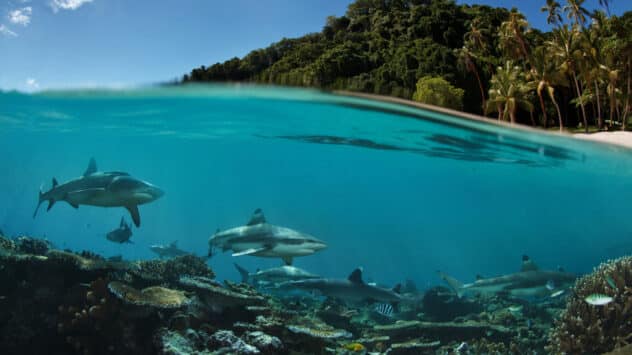
Overfishing Is Pushing Coral Reef Sharks Toward Extinction, Study Finds
According to a new study by the Global FinPrint project, overfishing is causing coral reef sharks to be driven toward extinction much more than previously thought.

According to a new study by the Global FinPrint project, overfishing is causing coral reef sharks to be driven toward extinction much more than previously thought.
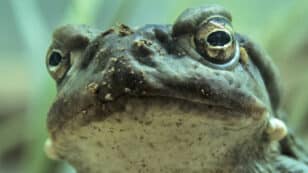
The Sonoran Desert toad excretes a chemical that can induce a psychedelic experience so memorable that some people call it the “God molecule.” But, unfortunately, the largest native toad in the U.S. is not immortal. Conservationists are now warning that demand for the toad’s psychedelic toxin could put the species at risk.
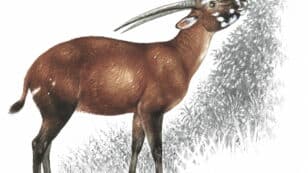
One of the rarest animals in the world, the saola is so elusive that no biologist has ever observed one in the wild. The critically endangered species was photographed via a camera trap in Vietnam in 2013, which was the first time the ‘Asian unicorn’ had been seen there in the wild for 15 years, the Daily Mail reported. The saola wasn’t even discovered as a species until 1992, the first to be added to the scientific roster of large mammals in more than 50 years, according to the World Wildlife Fund.
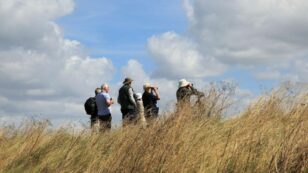
Conservation groups and scientists are calling on birdwatchers around the world to help them locate 10 species of bird that have been lost to science. The so-called Search for Lost Birds, which launched today, is a collaboration between Re:wild, American Bird Conservancy (ABC) and BirdLife International to find 10 species that haven’t been seen in […]
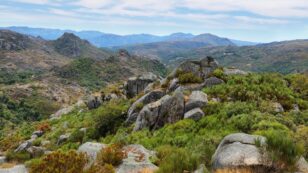
By Alistair Walsh Henrique Miguel Pereira likes to tell the story of a grandmother in the northern mountains of Portugal who had never in her life seen a wild boar. She had spent her life in the village of Castro Laboreiro, nestled in the remote peaks of what is now Peneda-Geres National Park. It should […]
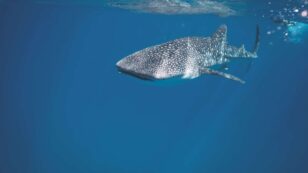
More than a third of shark and ray species are directly threatened by extinction, the International Union for the Conservation of Nature (IUCN) warned on Saturday. The revelation came in the IUCN’s updated Red List assessment on endangered wildlife, which was released at the body’s World Conservation Congress in Marseilles, France. The most comprehensive survey […]
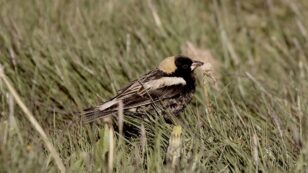
What happens to us as the wild world unravels? Vanishing, an occasional essay series, explores some of the human stakes of the wildlife extinction crisis. Our small family knew bobolinks from a bird refuge four hours away. Each spring my partner and I made the trip to Oregon’s Malheur National Wildlife Refuge with our daughter […]

The charismatic animals could serve as flagship species for ocean conservation, according to researchers, but only if we understand their extinction risks. By John R. Platt Last month conservationists working with SeaLife Aquarium in Australia dropped 18 biodegradable “hotels” into Sydney Harbor and Port Stephens to help one of the region’s most endangered species: tiny […]
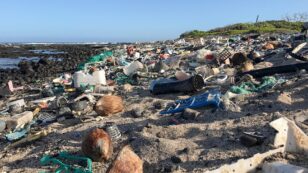
By Reynard Loki The natural world is in a state of crisis, and we are to blame. We are in the midst of the Sixth Extinction, the biggest loss of species in the history of humankind. So many species are facing total annihilation. Nearly one-third of freshwater species are facing extinction. So are 40 percent […]